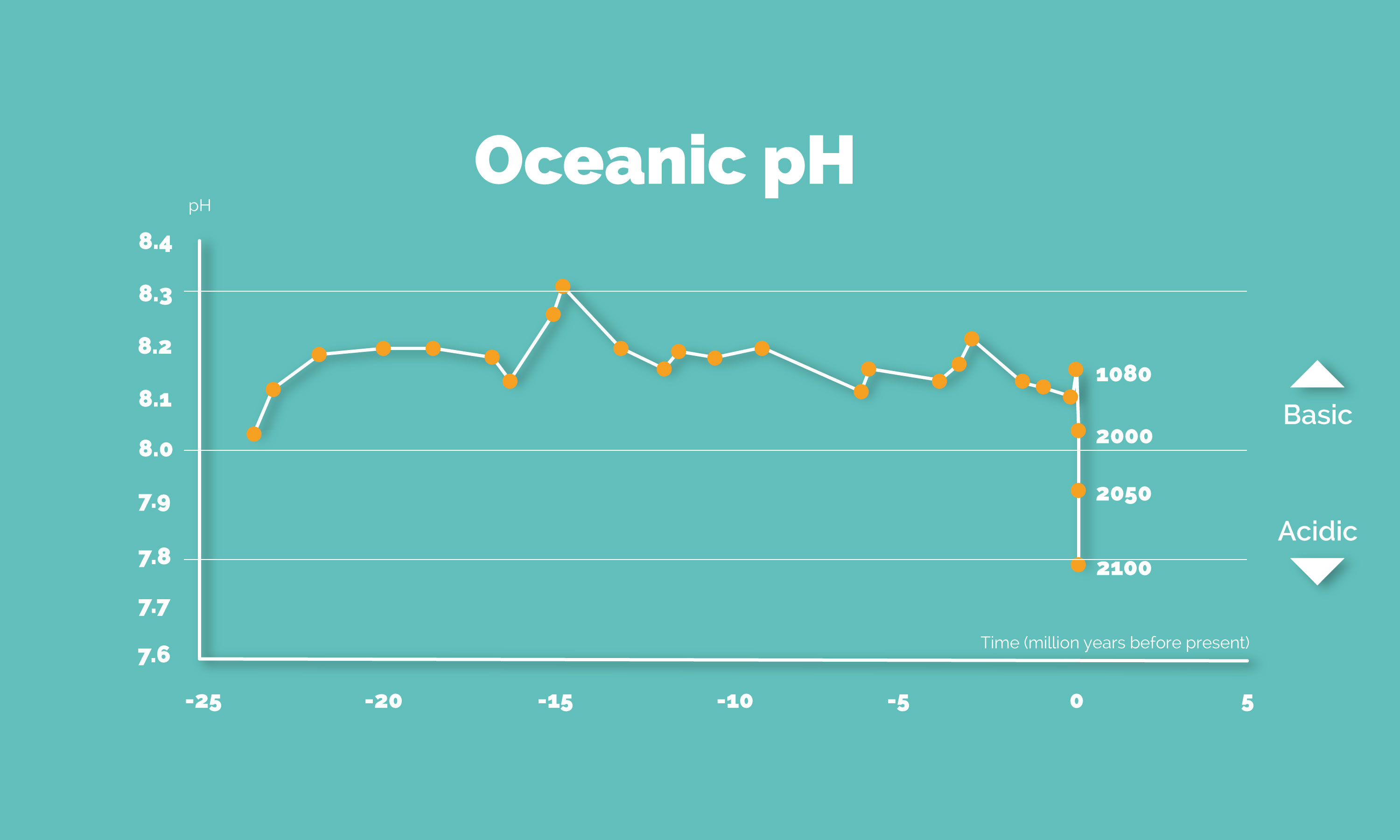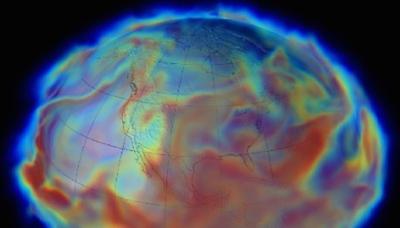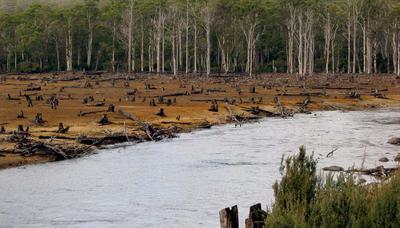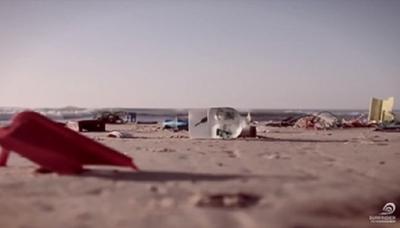Ocean Acidification
What Is Ocean Acidification?
The ocean's capacity to absorb more carbon than it produces is vital for the ecological balance. Yet the increase of CO2 (carbon dioxide) emissions due to human activities over the past few decades is threatening this equilibrium. The ocean absorbs a quarter of the CO2 emitted by humans, which is triggering changes in the chemical composition of the water. As CO2 is an acidic gas, it increases the acidity of the water into which it dissolves. As a result, ocean acidity has increased by 30% compared to pre-industrial levels. The chemical reactions involved in this process prevent marine plants and animals from building their shells and other calcareous habitats such as coral. Consequently, increases in water acidity directly weaken these species, which form the basis of the marine food chain. The impacts from such a profound chemical alteration pose a real threat to the balance of life on Earth, including for humans.
Definition: Ocean acidification describes the chemical alteration of the oceans resulting from the dissolution of CO2 into the water. It leads to increased acidity levels (or lowered pH) and lowers the content of carbonate ions, which are the indispensible building blocks for the production of the calcareous shells of certain organisms.
The Causes of Acidification
The CO2 emitted into the atmosphere by humans is responsible for ocean acidification. Mainly known for exacerbating the greenhouse effect, it also has a strong impact on the marine environment as it changes the chemical composition of the water. The ocean absorbs a quarter of the CO2 emitted into the atmosphere by humans. This has led to an increase in ocean acidity by 30% over the past 250 years, which represents an absorption rate that is 100 times greater than any changes that occurred in the past 300 million years. The ocean has always absorbed large quantities of CO2, but the carbon dioxide emitted by human activities represents a significant surplus.
Make no mistake: Although acidity levels are increasing, this does not mean that the ocean water is acidic. It merely describes the process whereby the pH level decreases. Due to CO2-producing human activities, the ocean's pH has been reduced from 8.2 to 8.1; that does not mean that the ocean has become acidic as such, but it describes an increase in acidity by 30%.
Example: compare this to changes in temperature: while we observe an increase in temperature if measurements change from -5°C to -1°C, the temperature remains below zero and is still cold.
The Effects of Ocean Acidification
Ocean acidification is likely to have devastating effects on marine biodiversity. Corals, oysters, and shells struggle to build their calcareous habitats. Thinner and more fragile shells and uninhabitable corals are among the consequences from increased ocean acidity, making organisms more vulnerable and susceptible to disease.
This phenomenon has therefore a direct impact on the bottom levels of the marine food chain, and as with every chain (e.g. bicycle chain, necklace), all parts are interconnected. When a link disappears, the chain collapses. Corals represent niche habitats which support exceptional marine biodiversity. Their disappearance would entail the disappearance of the fish they support. This fish is eaten by bigger fish, which is in return exploited by humans for food. The decline of the corals therefore poses a serious threat to the survival of other species, including those living on land.
Solutions for Acidification
Ocean acidification has only been discovered very recently. Hence, very little research has been carried out on the issue to date, and so far there are no innovative and tested methods to remediate the phenomenon. The only real option so far is to address the origins of the problem, i.e. human-caused CO2 emissions, which lead to sea water acidification. Reducing our greenhouse gas emissions is currently the only viable and reliable solution. We can reduce CO2 emissions by limiting our energy consumption: Individuals can make simple changes in their daily lives, such as switching off the standby on the TV, turning down the heating, using less air conditioning, and purchasing more eco-friendly food stuffs.
We can also take a collective approach to reducing energy consumption through banning overfishing, intergovernmental treaties, policies to limit CO2 emissions, and promoting renewable energies. Human-caused CO2 emissions lead to sea water acidification. Some manufacturers have taken the step to state their products' carbon footprint on the packaging. When you have a choice between two similar products, make sure that you choose the one with the smaller carbon footprint.






